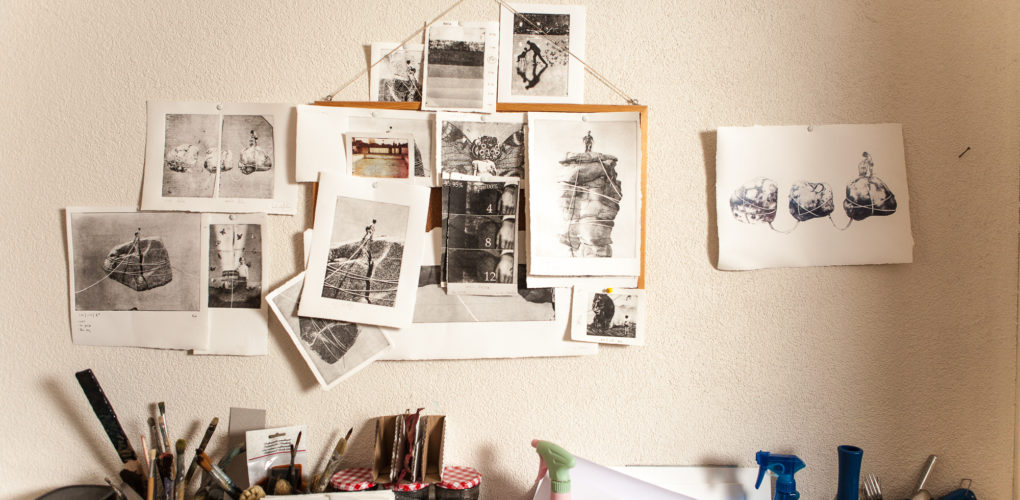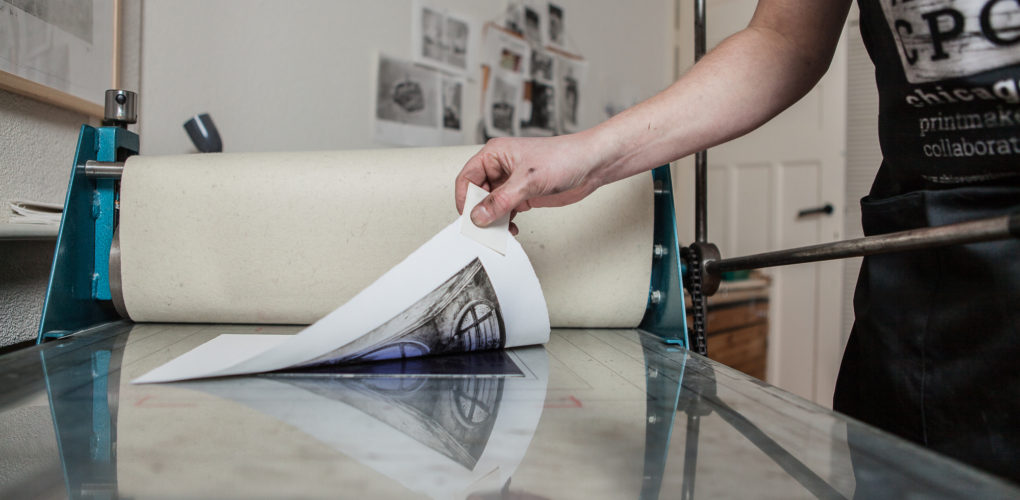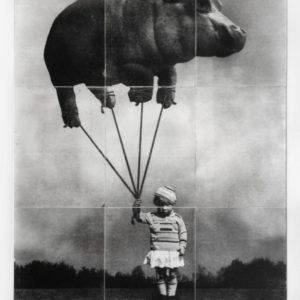Inside the Studio
 Jaco Putker reinvents childhood memories
Jaco Putker reinvents childhood memories
What are the major themes you pursue in your work?
My work can be described as distorted, or possibly invented childhood memories. It seems to be full of innocent wonderment and some deeply rooted, weird sense of nostalgia. I can’t say I pursue any of these themes; they seem to naturally come out, and only by analyzing the work in hindsight can I make a guess about what my work is all about. But I try to avoid looking too deeply into the meaning, because once I have figured out what my work is all about, it holds no more mystery, and I lose interest very quickly.
How did you first get interested in your medium, and what draws you to it specifically?
Early on I embraced digital tools to make sketches for paintings. When these sketches became more and more elaborate, I went to look for ways to turn my digital sketches into physical objects. I found a course in photopolymer printmaking, and I was sold.
It demands an almost scientific approach in that different variables can have different effects on the final result. It forces you to go about it very deliberately and carefully. I guess this way of working just matches my personality. The resulting works on paper, especially on a smaller scale, are very inviting to be investigated intimately. I think this intimacy reflects the atmosphere in my prints very well.
How has your style and practice changed over the years?
I started out as a sculptor, graduated academy with installations and videoworks, and slowly switched to painting and printmaking. Stylistically I’ve also explored many avenues. An artists’ practice is about coming into one’s own and so, some years back, I finally fully let go of the idea of making ‘art’, and I decided to only make things for myself. Funny enough it is this work that seems to really resound with many people.
Can you walk us through your process? Do you begin with a sketch, or do you just jump in? How long do you spend on one work? How do you know when it is finished?
My process begins with looking at found images. Sometimes an image immediately tells me where it wants to be, or what it wants to be doing inside the reality of my work. Other times I get a fully formed image in my head, and I have to go actively search for the right elements to complete the scene that I imagined. There is always a lot of trial and error involved, and I usually work on several images simultaneously, all of them exploring the same basic idea. This is why I often work in series.
I’m always looking for that moment when the whole image is greater than the sum of it’s parts. That’s when the image just ‘works’, and I know it is finished. I then print every edition by hand using the photopolymer etching technique.
Prefer to work with music or in silence?
Music! I like to not think about my work when I’m working, so I try to drown out my thoughts by playing music loudly. For the same reason I also listen to a lot of podcasts and audiobooks, especially when I’m printing an edition. It can get a little repetitive, and so I welcome the distraction.
If you could only have one piece of art in your life, what would it be?
Anything by Francis Bacon. Or perhaps one of Goya’s Caprichos.
Who are your favorite writers?
The ones that make me laugh. Cervantes, Bulgakov, Gogol, Voltaire and Kennedy Toole are some of the satirists that come to mind. Humor is important.

















